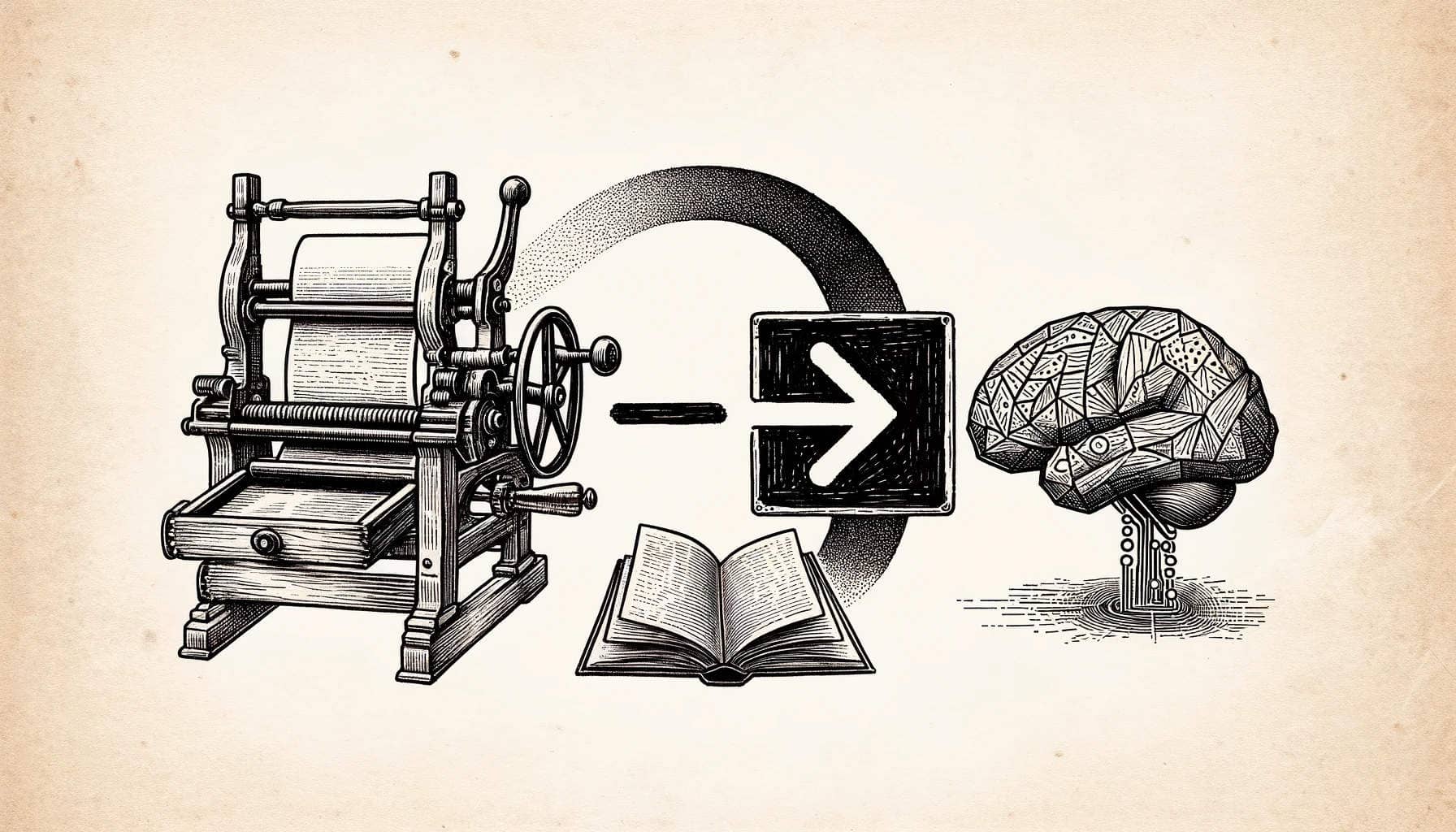User complaints are part of the computing experience. We talk about hardware that is too slow or expensive. Or software that is too buggy or is missing features. WordPress is no exception.
All of us have pet peeves and a wish list of features. Sometimes, it’s about a bug that slows us down. Or perhaps a functionality that doesn’t exist yet. There are a myriad of things to critique.
That’s OK. We use WordPress as a means to an end. And we’ll eventually face some obstacles along the way. They make it harder to convert sales, design page layouts, and make customizations.
User discourse should be expected – especially with free, open-source software. Community members may feel a duty to speak out.
However, some gripes step beyond the borders of reality. Some users expect WordPress to do more – regardless of the consequences.
So, perhaps it’s a good time to revisit WordPress core. What’s the purpose of the software? Who is it for? And what should we realistically expect from it?
All complicated questions. Let’s talk about them and see if we can arrive at an answer.
WordPress Can Do More than Ever
By itself, WordPress won’t power an eCommerce site. Nor will it let you hide content behind a paywall.
These functions are only possible by adding plugins. Thus, a default WordPress installation won’t cover every use case. Instead, the software serves as a foundation for what we build.
This foundation is becoming stronger, though. The Classic Editor’s heyday is a prime example. Back then, you could combine a default install and a bundled theme. The result would likely be a simple blog or brochure site.
However, you weren’t likely to do much with custom page layouts. Nor could you create a custom query of posts. These items required coding knowledge or third-party tools.
That’s no longer the case. It’s now possible to build a more functional website without plugins. You can take a block theme and tweak it to meet your needs. You can use block patterns to add any type of layout. The Query Loop block lets you add a post listing anywhere you like.
Maybe that doesn’t sound like much. Still, it’s miles ahead of where WordPress was a decade ago. And perhaps it’s whetting user appetite for more.
What Drives Our Expectations?
The Classic Editor remains popular. But it’s hard to look past its limitations. The tool was fine for writing text and placing the odd image onto a page. Anything more complicated wasn’t easy to achieve.
That’s where Gutenberg comes in. It combines the Site and Block Editors to provide users with more control. As such, multi-column layouts are within everyone’s reach. As is editing your site’s header or footer.
To some, this meant WordPress core was now competing with page builders. Users wanted the same feature set. It raised the level of expectations quite a bit.
No longer is the WordPress editing experience judged against its previous versions. Now, it’s compared to mature products like Elementor. That’s probably a fight Gutenberg can’t win. Not in the short term, at least.
Other tools are also influencing our expectations. Some users may want WordPress to adopt a drag-and-drop design experience like Wix. Others might wonder why the content management system (CMS) doesn’t include SEO tools – like their favorite plugin. The list goes on – but you get the point.
It’s human nature. We see something we like and want WordPress to integrate it. There’s nothing inherently wrong with this.
But are our expectations realistic? That may be a different story.
Where Does WordPress Core Fit In?
There’s a fine line between necessity and excess. And there’s a continuing saga within the WordPress ecosystem.
We see it in the form of bloated themes and plugins. Some products thrive at providing just what you need. Others tend to go over the top with features. Both have a place in the market.
However, WordPress core must walk a tightrope. The project’s development team has to consider the needs of everyday users. New features have to serve a broad spectrum of use cases. There are also concerns about performance, accessibility, and future maintenance.
Consider this tidbit from the WordPress Philosophy page:
“The rule of thumb is that the core should provide features that 80% or more of end users will actually appreciate and use.”
WordPress hasn’t been perfect in this area. There have been features that didn’t turn out to be a hit. Still, it’s a worthwhile goal.
The bottom line is WordPress core can’t be everything to everyone. Nor should it try.
WordPress Is Built to Be Extensible
So, what if WordPress doesn’t do that thing you want? It’s an example of when the ecosystem should take over. Traditionally, it has done just that.
Plugins can serve both broad and niche audiences. They can cater to specific use cases. It’s a luxury that the core software doesn’t have.
This philosophy also applies to the Site and Block Editors. We can extend it with custom blocks or by enhancing existing ones. There’s no need to settle for the default.
None of this means that WordPress should cede innovation to others. There is always room for improvement. Plus, core features can push the ecosystem to do even more.
However, there is an opportunity for developers to fill user needs. A wide array of plugins is part of what makes WordPress so flexible. Anything missing from the core is an invitation to start building.
Sometimes, these solutions are temporary. We may need a plugin until WordPress catches up. It’s a part of the software’s cycle of evolution.
Regardless, we don’t have to wait for WordPress to add x, y, or z. There is still a viable path forward.
Keeping Our Expectations High (And Realistic)
Expectations help to inspire progress. And the WordPress community has a role to play in this journey. Our feedback can lead to positive change.
After all, we should want WordPress to improve. It benefits everyone – from users to developers. Thus, ideas and even complaints help in this pursuit.
It is worth keeping reality in mind, though. WordPress core can only do so much. There are limited resources. There are also difficult decisions to make. And the results won’t please everyone.
Then again, they don’t need to. WordPress is about laying a foundation for others to build upon. That should always be the top priority.
Join The Newsletter
Get your favorite 5 minutes of WordPress news for busy professionals every week — 100% Free! Join the WP Minute Newsletter below 👇






